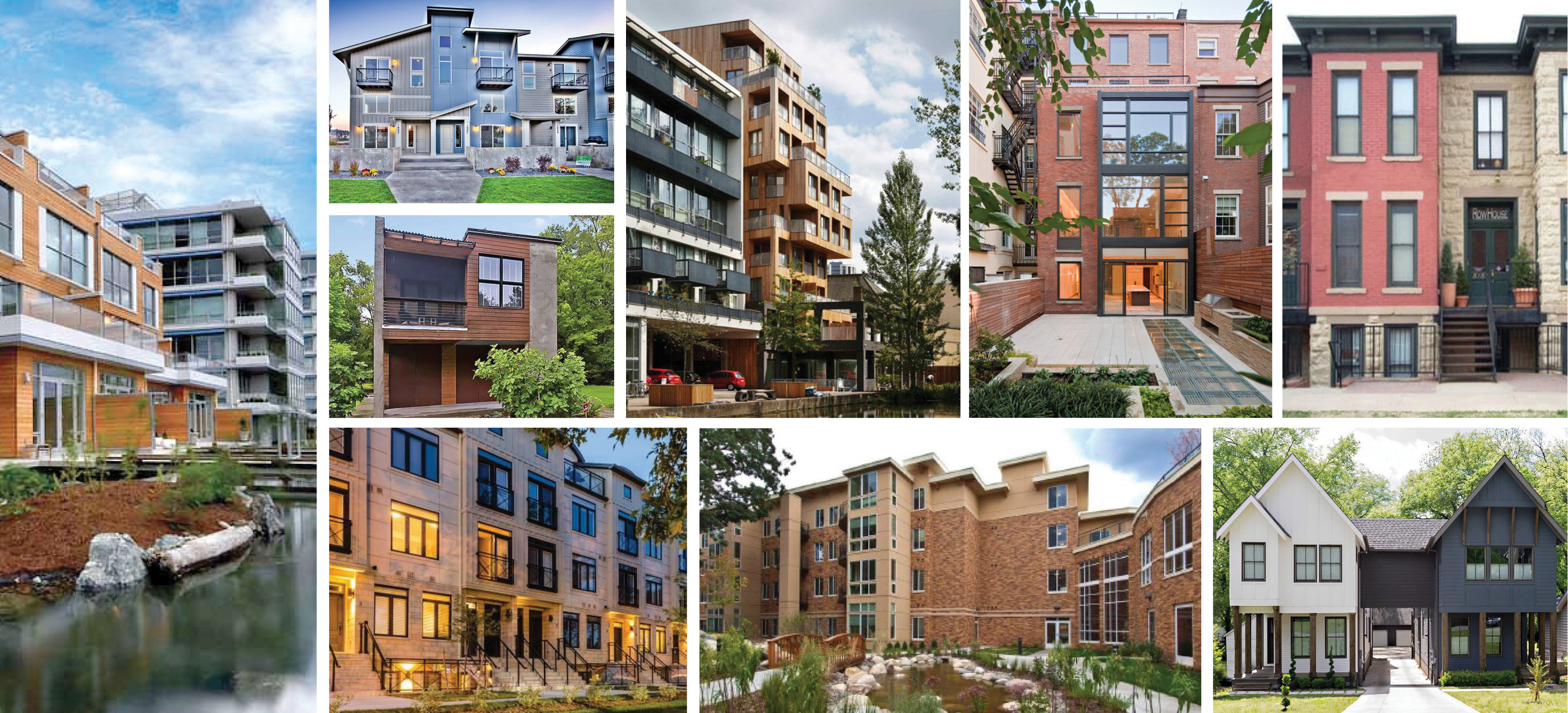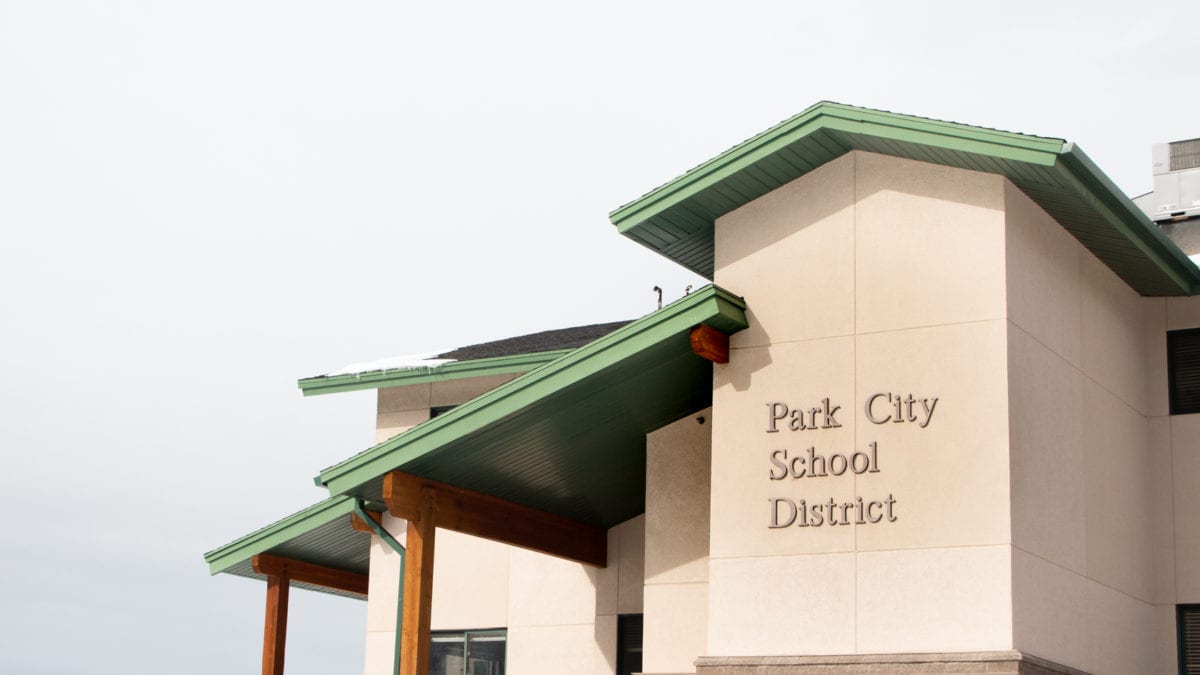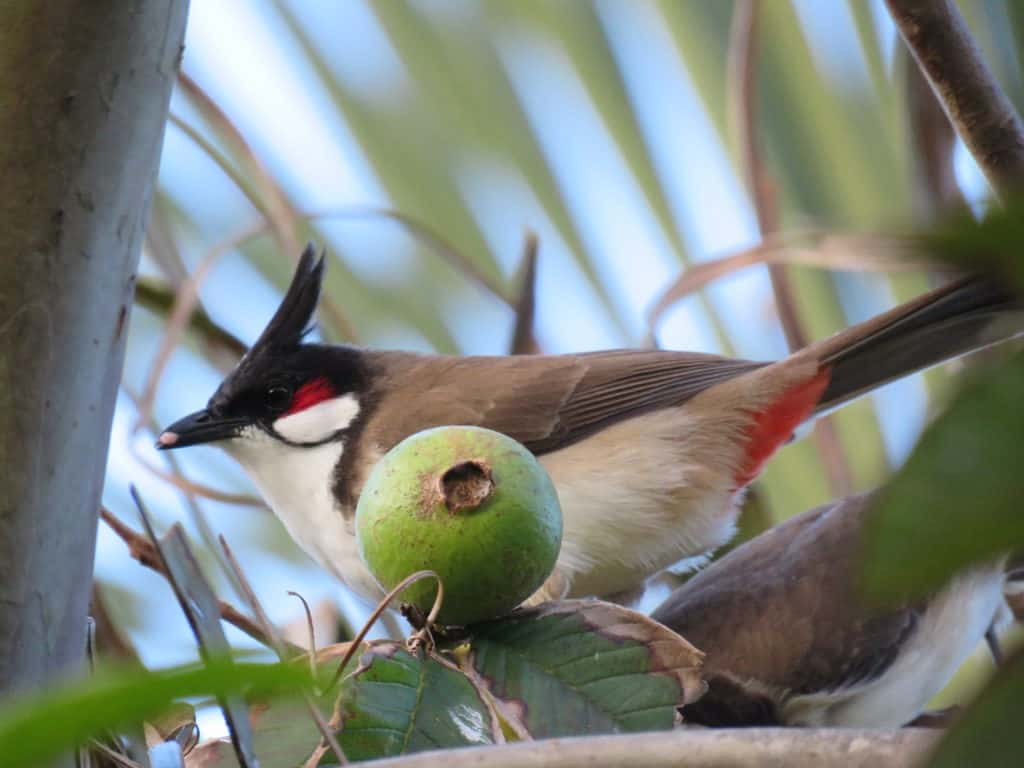The inchoate movement to 'rewild' former golf courses
This New York Times article explores some examples of people 'rewilding' golf courses and the benefits that it can bring to people.

There was scraggly grass in one sand trap and wooden blocks and a toy castle in another, evidence of children at play. People were walking their dogs on the fairway, which was looking rather ragged and unkempt. This was only to be expected.
Nowadays, these grounds are mowed just twice a year, and haven’t been doused with pesticides or rodenticides since 2018, which was when this 157-acre stretch of land stopped being the San Geronimo Golf Course, and began a journey toward becoming wild, or at least wilder, once again.
A small number of shuttered golf courses around the country have been bought by land trusts, municipalities and nonprofit groups and transformed into nature preserves, parks and wetlands. Among them are sites in Detroit, Pennsylvania, Colorado, the Finger Lakes of upstate New York, and at least four in California.
“We quickly recognized the high restoration value, the conservation value, and the public access recreational value,” said Guillermo Rodriguez, California state director with the nonprofit Trust for Public Land, which bought the San Geronimo course, in Marin County, for $8.9 million in 2018 and renamed it San Geronimo Commons.

During a recent tour of the land, which sits low in San Geronimo Valley, less than an hour’s drive north of San Francisco, Mr. Rodriguez motioned to rolling hills that serve as habitat for wildlife, including hawks that were wheeling overhead. “On either side, you have public lands,” he said. “This was the missing link.”
The restoration of the San Geronimo land is still underway. Floodplains will be reconnected, and a fish barrier has been removed, allowing access to more robust migratory and breeding grounds for endangered coho salmon and threatened steelhead trout. Trails are planned that would skirt sensitive habitat, making the land a publicly accessible ecological life raft, starkly different from its time as a golf course.
“It’s a great place, and it’s beautiful,” said Charles Esposito, 76, a retiree who was enjoying a recent stroll. “I love it.”
In recent years, the golf industry has taken steps to lighten its environmental toll in places by using less water, sowing pollinator-friendly plants and decreasing pesticide and fertilizer use.
Yet the resources and chemicals needed for pristine emerald turf have made the sport an environmentalists’ bête noire. America’s roughly 16,000 golf courses use 1.5 billion gallons of water a day, according to the United States Golf Association, and are collectively treated with 100,000 tons of nitrogen, phosphorus and potassium a year.
The United States has more golf courses than McDonald’s locations and also has more than any other country, accounting for about 42 percent of all courses worldwide, according to the National Golf Foundation.
That oversupply, coupled with development pressures, has led more golf courses to close than to open since 2006. A return to nature, or a version of it, is still relatively rarity for former golf courses, most of which end up in the hands of commercial or residential developers, according to the National Golf Foundation. One recent example was a former 36-hole golf facility in New Hampshire that Target bought for nearly $122 million in 2023 to build a new distribution center.

For a golf course to be turned into a public green space, an unlikely set of stars need to align. There has to be a willing seller, and, crucially, a conservation-minded buyer who can afford to not just purchase the land but to restore it. According to Eric Bosman, an urban planner with the design and planning firm Kimley-Horne, 28 former courses were transformed into public green spaces between 2010 and October 2022.
But the number appears to be slowly growing. In 2023, the former Cedar View Golf course, on the eastern shore of Cayuga Lake in upstate New York, was bought by the Finger Lakes Land Trust. Another nonprofit, the West Lake Art Conservation Center, plans to transform some 230 acres of the shuttered Lakeview Golf & Country Club in Owasco into a nature preserve.
Though rewilding a golf course may disappoint players, it can bring big benefits to animals, plants and people.
A few hundred miles south of San Geronimo, on a stretch of land owned by the University of California, Santa Barbara, the 64-acre spread that once housed the Ocean Meadows Golf Course is now an estuary surrounded by grasslands, salt marsh and islands of coastal sage scrub.
The previous owner had envisioned selling the course to a housing developer, but was thwarted by the 2008 recession, according to Lisa Stratton, director of ecosystem management for the university’s Cheadle Center for Biodiversity and Ecological Restoration, which manages the land. People at the school enlisted help from the Trust for Public Land, which bought the property for $7 million in 2013 and donated it to the university.
The extensive restoration of the Santa Barbara site took years and was funded through $16 million in local, state and federal grants. It included relocating 350,000 cubic yards of soil that the golf course developers had taken from nearby mesas and pushed atop wetlands to create the course decades ago. The rehabilitated wetlands now reduce flooding risks and guard against sea-level rise, Dr. Stratton said. The change also meant that nearby homes were no longer in a federal flood zone. Without golf balls whizzing overhead, the land has become habitat for migratory shorebirds, among them black-necked stilts, greater yellowlegs and sandpipers, and has even drawn the secretive American bittern. Newly installed underground rock structures provide habitat for rabbits, ground squirrels, mice and burrowing owls.
Two federally endangered plants, the Ventura marsh milkvetch and salt marsh birds beak, have also been established on the site, part of an effort to move some plants north as their natural habitats grow too warm. Students from the university have been involved with the restoration work and have tracked hundreds of animal species.
The public has embraced the property, too. This past October, members of the Chumash tribe performed a cultural burn on part of the grassland, and the site draws birders and kids on bikes, who use its pathways to get to school.
“What we’ve learned is how important these areas are for people; that emotionally and psychologically they need them,” said Dr. Stratton.

Though restoration was delayed, conservation easements were secured for the bulk of the site, preventing future development, and a new plan was developed for Marin County to acquire the land. The county intends to pay the Trust for Public Land $4.9 million for a parcel where the clubhouse stands, and build a firehouse there, according to Dennis Rodoni, the county supervisor. The Trust for Public Land then plans to transfer ownership of the remaining 130-odd open acres to the county.
In Palm Springs, some neighbors of the former Mesquite Golf & Country Club resisted plans to restore that land to a natural state, saying they preferred the vista provided by a manicured 18-hole championship course.
“We once had a very nice view that looked out on the golf course to the mountains,” said Don Olness, who serves on the board of the homeowner’s association of an adjoining condo development. But since the Oswit Land Trust bought the golf course for $9 million in 2022, the area has filled with weeds, dead trees and fallen branches, he said. “It’s basically an unkempt area,” Mr. Olness said.
Citing a lease agreement with the golf course owners, the homeowners’ association has sued to temporarily stop any changes made by the land trust, which bought the course with a donation from Brad Prescott, a philanthropist, and renamed it the Prescott Preserve.
Jane Garrison, the land trust’s founder and executive director, said the pending lawsuit is preventing the trust from accessing a multimillion dollar grant needed to properly restore the land. But of the trust’s five properties, the Prescott Preserve has quickly become the most popular.
The trust removed poison from the course’s maintenance shed, along with poison and gopher traps throughout the site, Ms. Garrison said. She and colleagues came across dead rabbits and owls and an exam confirmed that one ground squirrel had died after consuming rodenticide, which makes predators such as coyotes and bobcats susceptible to mange.
“When you remove all the poison and stop that cycle, you give those species a chance to recover,” Ms. Garrison said.
Though the restoration is just beginning, wildflowers and plants have already reappeared, she said. About 100 native trees, including desert willows, ironwoods and mesquite, were donated by a local nursery and planted. The trust decided to maintain on-site ponds with recycled water because climate change has made it difficult for wildlife to find water.
The group hopes to acquire more golf courses in Palm Springs, which, despite being in a desert, is home to many courses. “When the land is gone, it’s gone forever, once they build condos,” Ms. Garrison. “But when you save it, it’s saved forever. You can’t put a price tag on that.”

What is Your Reaction?
 Like
0
Like
0
 Dislike
0
Dislike
0
 Love
0
Love
0
 Funny
0
Funny
0
 Angry
0
Angry
0
 Sad
0
Sad
0
 Wow
0
Wow
0









































































